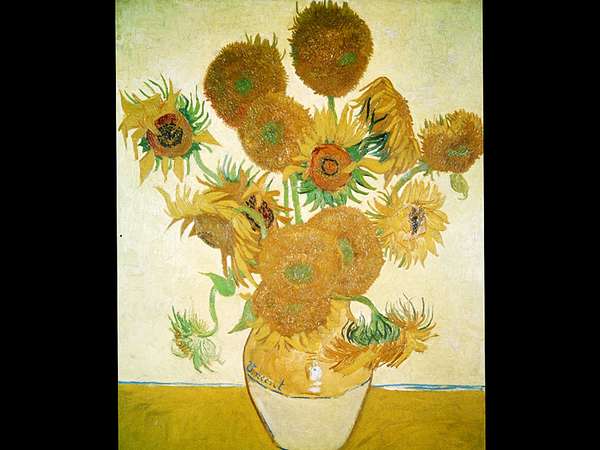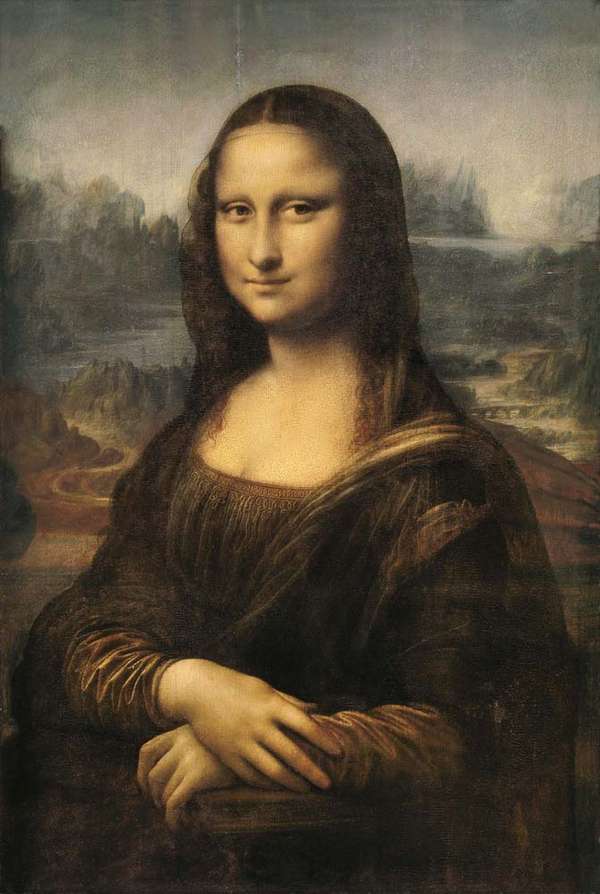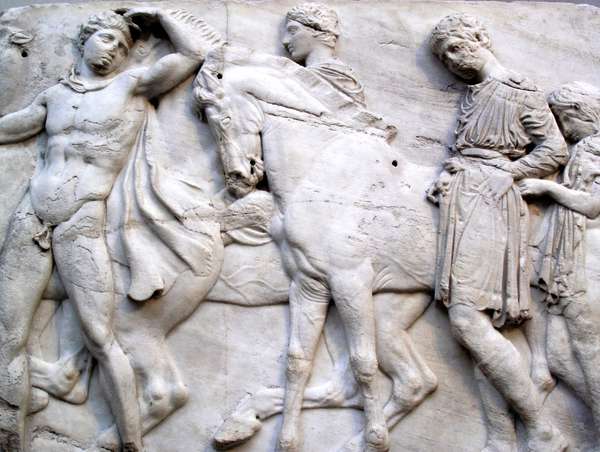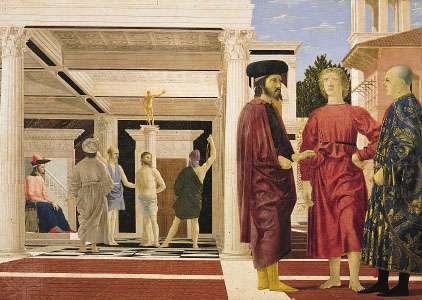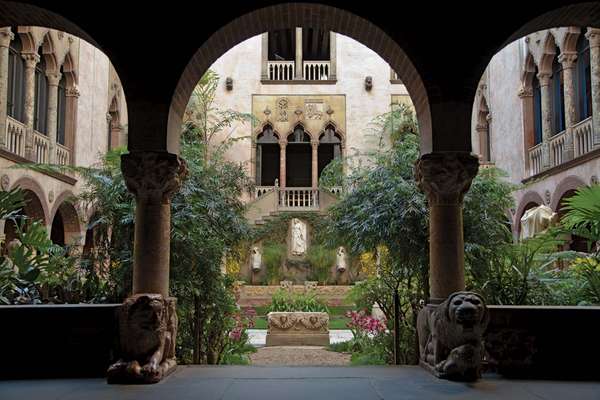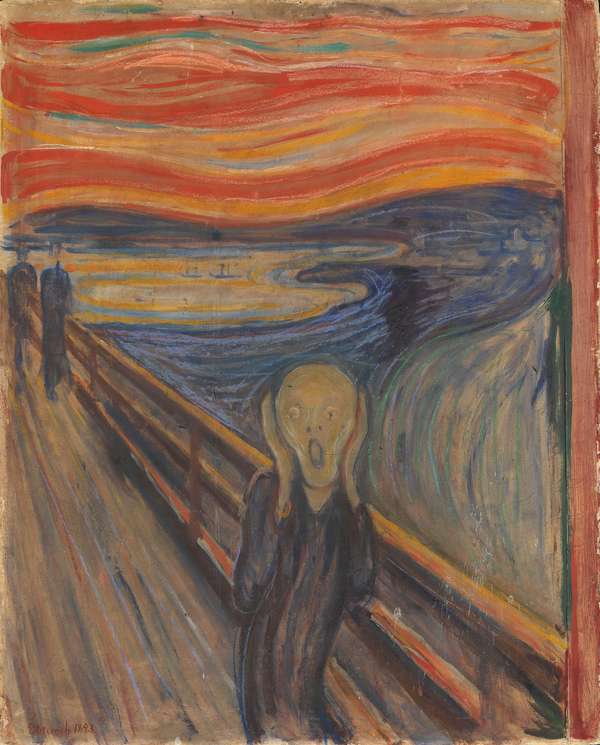The Mona Lisa is encased in bulletproof glass, and the millions who view the painting each year do so from behind a large railing approximately six feet away. In spite of security precautions such as these, theft remains a very real concern for museums around the world. With that in mind, Britannica examines 11 notable art thefts throughout history.
This list was adapted from a post that originally appeared on the Britannica Blog.
Mona Lisa Misplaced
Leonardo da Vinci: Mona Lisa Mona Lisa, oil on wood panel by Leonardo da Vinci, c. 1503–19; in the Louvre, Paris.© Everett-Art/Shutterstock.comOn August 21, 1911, a construction worker removed Leonardo da Vinci’s masterpiece Mona Lisa from the Louvre, with the stated intention of returning the painting to Italy (presumably, the thief did not know that da Vinci himself had brought the painting to France while under the patronage of Francis I). Police questioned the thief in an initial investigation but dismissed him as a suspect, before turning their attention to Pablo Picasso (yes, that Pablo Picasso—he was questioned and quickly released). After two years, the Mona Lisa was recovered, but not before it had achieved a level of global celebrity unmatched by virtually any other painting. The theft had elevated the Mona Lisa from a topic of study for scholars to an indelible image in the popular consciousness.
One Person’s Theft…
detail of a the Parthenon frieze with the Panathenaic procession Panathenaic procession and cavalcade, detail of the north frieze from the Parthenon at Athens, 438–432 bce; part of a collection sometimes called the Elgin Marbles in the British Museum, London.© Tony Baggett—iStock.com/Getty ImagesThomas Bruce, 7th earl of Elgin, was the British envoy to the Ottoman Empire from 1799 to 1803. Elgin was passionate about classical art, and, stating that he was concerned about the preservation of antiquities in Greece (then under Ottoman control), he secured permission from the Ottoman government “to take away any pieces of stone with old inscriptions or figures thereon.” The collection, taken principally from the Parthenon and subsequently known as the Elgin Marbles, caused great controversy. Greece demanded (and continues to demand) that the treasures be returned, and critics, among them Lord Byron, accused Elgin of cultural vandalism. Indeed, the practice of removing cultural treasures from one country to another (frequently wealthier) one has come to be called elginism.
Entartete Kunst
In Nazi Germany, art was intended to support the ideals of National Socialism and enhance the notion of Aryan superiority. Works of modern art—and especially works created by Jewish artists—were labeled “degenerate” and confiscated. This so-called degenerate art was exhibited throughout Germany in an attempt to showcase the failings of modernism. Many of the works were ultimately sold, with the money flowing into Nazi coffers.
Crime Doesn’t Pay
Piero della Francesca: The Flagellation of Christ The Flagellation of Christ, tempera on wood panel by Piero della Francesca, late 1450s; in the National Gallery of the Marches, Urbino, Italy.Scala/Art Resource, New YorkIn 1975 gangsters broke into the Ducal Palace (now the National Gallery of the Marches) in Urbino, Italy, and made off with a trio of internationally famous works: Raphael’s The Mute Woman and The Flagellation of Christ and Madonna by Piero della Francesca. The thieves had little luck converting the paintings into profit, however, and all three works were recovered unharmed a year later.
Empty Frames
Courtyard of the Isabella Stewart Gardner Museum, Boston.Courtesy, Isabella Stewart Gardner Museum; photograph, Siena Scarff Boston’s Gardner Museum was bestowed upon the city as a public institution by art collector Isabella Stewart Gardner. In her will, the single condition that she placed on the donation of the museum’s collection, which included a broad sample of visual arts from around the world, was that it remain exactly as she had arranged it. In March 1990 thieves made off with a number of valuable paintings from the museum, including several Rembrandts. In accordance with Gardner’s wishes, the collection remained unchanged, with empty frames and blank spaces indicating where the stolen paintings once hung.
He’s Screaming “Stop Stealing Me!”
Edvard Munch: The Scream The Scream, tempera and casein on cardboard by Edvard Munch, 1893; in the National Gallery, Oslo.Børre Høstland/The Fine Art Collections, The National Museum of Art, Architecture and Design; Gift of Olaf Schou 1910, NG.M.00939 (CC BY 4.0)Edvard Munch painted four versions of his iconic work The Scream. Which is good, because thieves apparently like to keep their options open. One version was stolen in 1994 from the National Art Museum in Oslo, during an exhibition that was tied to the 1994 Lillehammer Olympics. The thieves demanded a $1 million ransom for its return. Norwegian authorities politely declined and conducted a sting operation with the assistance of British law enforcement. The painting was recovered undamaged just two months later, and the four perpetrators were imprisoned. Ten years after the first theft, another copy of The Scream was stolen, this time from the Munch Museum in Oslo. The thieves, brandishing guns and threatening museum staff, brazenly walked out of the museum with The Scream and Madonna, another Munch piece. The thieves were arrested in May 2006, and the paintings were recovered in August of that year. Although both works had sustained some damage, authorities stated that their condition was better than expected.
Theft for Art’s Sake
In 2003 thieves took works by Gauguin, Picasso, and van Gogh from the Whitworth Art Gallery in Manchester, England. The paintings were soon discovered in a public bathroom a short distance from the museum, however, with a handwritten note that read “The intention was not to steal. Only to highlight the woeful security.” Although police doubted that the thieves actually had such altruistic intentions, the museum did take steps to improve its security.
Stolen Sunflowers
Van Gogh Museum Van Gogh Museum, Amsterdam.© Prasit Rodphan/Shutterstock.comIn 1991 yet another globally famous painting went missing when thieves broke into the Van Gogh Museum in Amsterdam and absconded with some 20 paintings, including Sunflowers, a painting that had sold for a then-record $40 million just four years earlier. The thieves, apparently deciding that they couldn’t hope to fetch such a price, abandoned it and the rest of their haul in their getaway car, which was discovered by police just hours later.
The Mother Lode
National Museum of Anthropology Courtyard of the National Museum of Anthropology, Mexico City.Wolfgang SauberIn what is regarded as the single largest art heist in history, thieves made off with scores of valuable antiquities from Mexico City’s National Museum of Anthropology in 1983. Security was especially lax at the time of the theft; the museum’s alarm system hadn’t worked for some years, and guards failed to notice the removal of some seven showcases full of pre-Columbian art.
The Worst Time to Shop for an Alarm Is the Day After You Need It
Henri Matisse: Decorative Figure on an Ornamental Background Decorative Figure on an Ornamental Background, oil painting by Henri Matisse, 1925–26; in the National Museum of Modern Art, Paris.S.P.A.D.E.M., Paris/V.A.G.A., New York City, 1985; photograph, Musée National d'Art Moderne, Centre Georges Pompidou, ParisIn 2010 the Museum of Modern Art in Paris was victimized in a way that was novel in its directness. The thief simply smashed a lock, broke a window, and walked off with a haul estimated to be worth over $100 million. Paintings by Picasso, Matisse, and Modigliani were among those stolen. As was the case in the Mexico City break-in, the museum’s alarm system had been out of service for some time.
Well, You Get Credit for Bravado
Art theft tends to be a low profile affair. Night falls, thief gets in, thief gets out, no one notices that the priceless masterpiece is missing until the next morning. This was decidedly not the approach adopted by a trio of thieves who conducted a daylight raid on the National Museum in Stockholm in 2000. Armed with submachine guns, the thieves collected Renoir’s Young Parisian and Conversation with the Gardener and a Rembrandt self-portrait. As the robbery was in progress, car bombs were detonated on the roads approaching the museum, in an effort to divert police attention elsewhere. Upon exiting the museum, the thieves set fire to cars and scattered spikes across the road before making their escape in a waiting speedboat. Although Conversation with the Gardener was found during a drug raid, the other two paintings were recovered in a manner that was every bit as Hollywood as their theft. In 2005 Young Parisian was uncovered by the FBI in Los Angeles, and that investigation produced leads on the whereabouts of the missing Rembrandt. An elaborate sting operation was conducted by Danish and Swedish police, with the head of the American FBI‘s Art Crime Team posing as a shady art dealer. After weeks of negotiations, the thieves agreed to met at a Copenhagen hotel. Once the undercover agent had verified that the painting was legitimate, a Danish SWAT team, which had been waiting in the next room, burst in and arrested the thieves.

